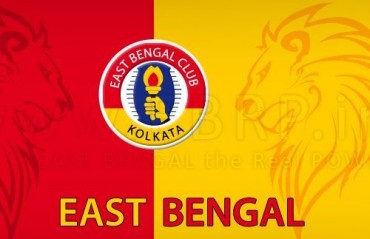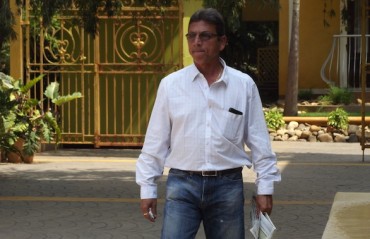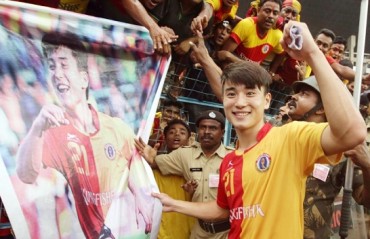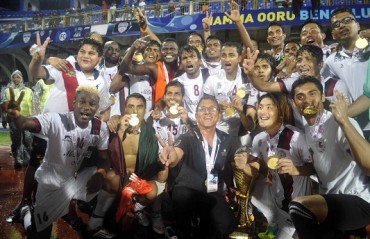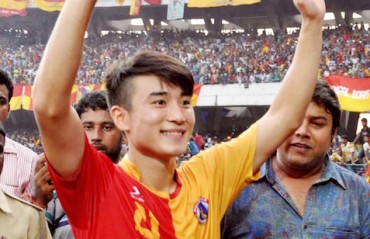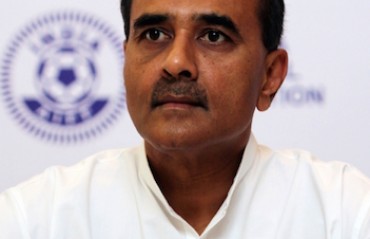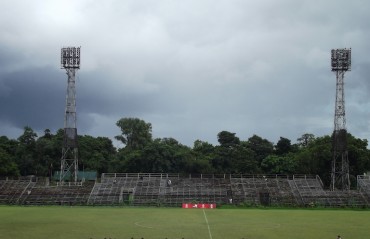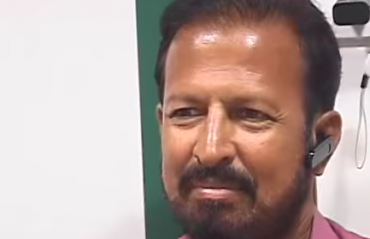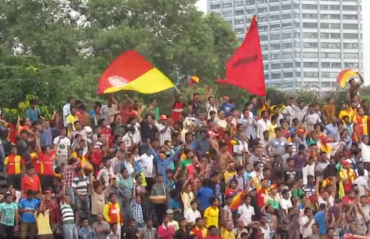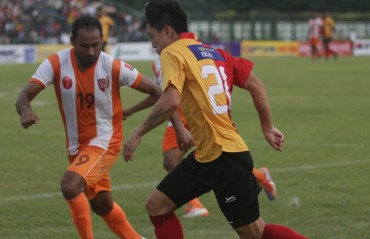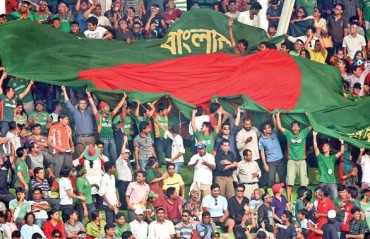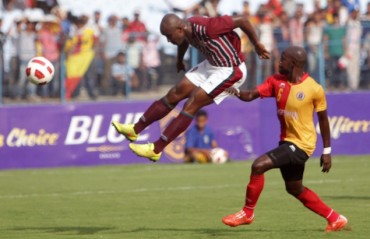SUNBURNT TERRACE: 3 years of Black Derby -- the fiasco and its long-term fallouts
- By Chiranjit Ojha

- December 09, 2015
IT'S BEEN THREE YEARS since that fateful day. But the images of the riots in the gallery, of burning flags and stones flying everywhere as thousands of people turned violent towards each other are still fresh in my head. Since then the Black Derby of 9th December, 2012 has entered Kolkata's football folklore and its aggressive, edgy banter, but a serious discussion on what went wrong that day and the long-term fallouts it led to hardly ever takes place, be it in the media or the Maidan's tea-adda sessions.
Writing about that day's events, more than thousand days after they happened, I can't help but make it a partially personal account; as so much of my knowledge of that day and the events that followed are based on things I witnessed first-hand. And it has changed the way I have seen the sport and my role in it as a fan.
That day, I had woken up at 3 in the morning and made a 7-8 hour journey across the state via train & bus to get to the Salt Lake Stadium in time for the first clash between East Bengal and Mohun Bagan of the I-League 2012-13 season. It was a special occasion for me; I was going to attend my first professional football match in Indian football in 15 years. Living in a faraway district and studying outside the state, combined with other reasons, had meant that I had to follow my favourite club Mohun Bagan through TV and newspapers and I was eager for all that to change. It was a sunny winter afternoon and the atmopsphere in the stadium was absolutely electric in the presence of 1 lakh spectators; one of the loudest Derby crowds I have ever seen. But all that festivity went sour over a 5-minute period towards the end of the first half.
With East Bengal leading 1-0, Mohun Bagan captain Odafa Okolie had been shown a surprisingly harsh red card by referee Vishnu Chauhan and some miscreants from a lower tier gallery had thrown chunks of concrete broken from the stadium itself aimed at the referee. One of them had hit Bagan player Syed Rahim Nabi in the head. He had to be immediately rushed to the hospital. Word spread among the Mohun Bagan fans that it was the East Bengal fans who had thrown that stone. Violence spread as people started throwing stones and bottles towards the pitch. Mohun Bagan decided not to field the team in the second half, allegedly due to security concerns. Soon the stands became a riot zone; there were clashes between two sets of fans as well as between fans and the police.
In the following days the blame game over this massive security failure reached a fever pitch. AIFF officials blamed Mohun Bagan; some Mohun Bagan officials blamed home team East Bengal for lack of security arrangements, East Bengal officials blamed a section of extremist Mohun Bagan fans; Mohun Bagan fans blamed the referee. Mohun Bagan was suspended for 2 years for refusing to continue playing, but later that ban was revoked in favour of a Rs 2 crore fine and all their previously earned points being deducted. The team, under Karim Bncherifa's leadership, fought an uphill battle to avoid relegation.
That kind of violence over a football match is shameful, no matter what happens on the pitch. But looking back at that day's events I am often forced to wonder if we could have avoided all that.
Crowd rage is a routine occurence in the Kolkata Derby, which is one of the most high-voltage football fixtures in the continent. But what stood out that day was the sheer number of glass bottles, stones and other hard missiles that came out of the stands. At one point, even a long bamboo stick appeared in the upper tier, which was used to pull down one of the East Bengal flags hanging overhead and burn it. This indicates a large-scale failure in terms of security checks at the stadium's gates. I myself was carrying a backpack, and got in without a single pat-down or scrutiny of its contents. The police force stationed at the stadium that day was undeniably short-staffed, with much of the department's resources diverted to the Test match between India and England taking place at Eden Gardens. This allowed the ultra elements in the crowd to smuggle in a lot of things that should never be allowed in a stadium of any kind, especially during a match with such intense rivalry.
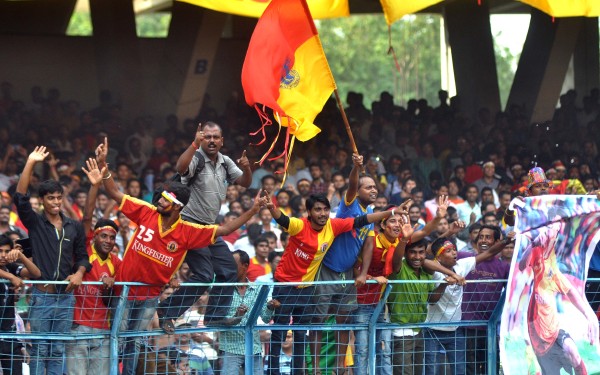
The second thing that went wrong was that the police decided to respond to the first few stones by picking up the missiles and throwing them back into the crowd. That was the worst thing they could have done. The Kolkata football crowd has always been borderline militant. The Derby has seen its fair share of deaths, too; most notably back in 1980 when 19 fans were crushed to death in a stampede outside the Eden Gardens. Counter-aggression in the face of a crowd like this is guaranteed to make things worse. But the police, trained in their old-school riot control techniques of trying to scatter the mob, failed to realise that what works in the street may not work inside a stadium.
Thirdly, any match-going fan knows that the main threat of violence is not inside the stadium, but outside it. The Salt Lake Stadium was built with the Derby in mind, and it ensures there is complete separation between the two sets of fans. They enter the arena from opposite ends and sit far away from each othe. But outside, in the bus stops, in the crossings, on the long journey to the venue... dozens of incidents of verbal and physical confrontations take place every Derby day. That's why it's crucial to have enough security arrangements in the area around the stadium, but that is hardly ever done. That's one of the reasons why things came to a head that day in the form of multiple clashes between fans on their way home where many were hurt and vehicles got damaged.
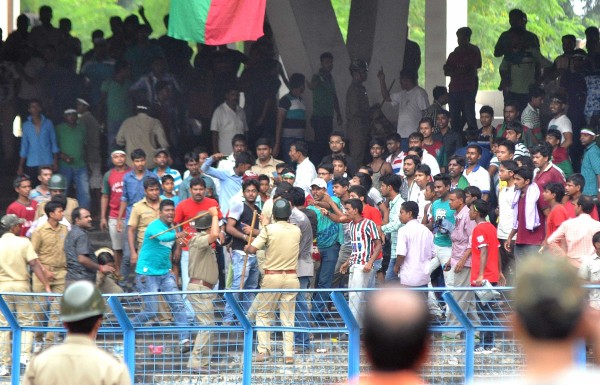
It was a matter of luck that the events of that day did not result in any deaths. But the bureaucratic fallout from this incident was massive and long-term, changing the way Kolkata Derbies are organized in significant ways.
Three months later, when the return leg fixture between the two teams took place, the number of spectators were brought down to 25,000; one fourth of the Black Derby attendance. And since then, in many Derby matches, the organizers have taken care to keep the lower tier nearly empty.
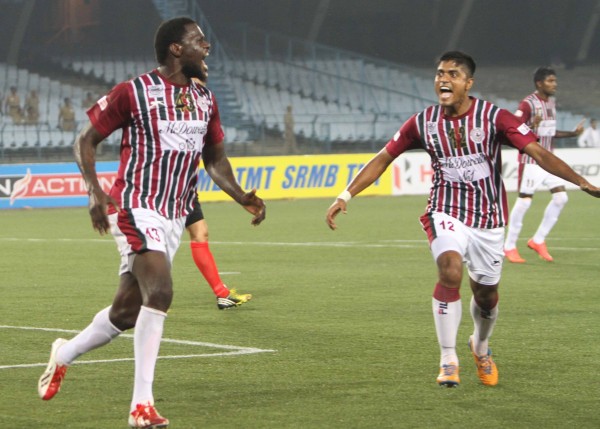
The attidude of the police towards the Derby, and football in general, has also become much less favourable; many of them see it as a nuisance and a security threat and have often forced the dates of the Derby to be changed citing lack of numbers available for security, affecting ticket sales and marketing efforts around the showcase fixtures. The clubs are also often told to print less tickets to keep the crowd number within what the police deem as manageable. Even this season, police forced a Calcutta Football League match between Mohun Bagan and Mohammedan Sporting to be played in a virtually empty stadium. Situations like this cause revenue loss to the clubs and don't make for good advertisements for the sport.
Three years is a long time in football. Since that Derby, East Bengal and Mohun Bagan have come face to face 10 times, without much trouble. East Bengal have won multiple Calcutta Football League titles. Mohun Bagan have battled relegation and then then gone on to win the I-League. But the spectre of the Black Derby continues to haunt the football fans, popping up loudly in arguments, sarcasm and threats exchanged between rival fans and silently, through veiled references in pamphlets handed out with match tickets appealing for peace and calm. Its memories live on through the empty lower tier on a Derby day, the club officials' reluctance to play matches in Kalyani or Barasat Stadium because "the stands are too close to the ground."
Perhaps the police have learned something from this as well. Security measures, including patdowns and ban on objects that can be used as missiles have been made more strict. Crowd control in subsequent matches have seen the security forces behave with much more patience. In the last 3 years there have been few police-fan clashes (only 2 come to mind; none with serious consequences). And a few weeks ago, when dozens of fans clashed in the Maidan area after an U-18 match between East Bengal and Mohun Bagan, the police broke up the fight with considerable patience, without resorting to violence themselves.
But for months afterwards, interactions between fans and policemen were laced with an extra layer of tension and mistrust. Suddenly, the courteous, helpful police officers who couldn't help but bask in the excitement of the match were replaced with stern RAF personnel with riot gear. Fans were treated more harshly and suddenly the police were weary of their more regular duties on a matchday: providing directions to a newbie who has lost his way or rescuing a fan who has mistakenly ended up in a stand reserved for the rival fans.
A personal incident comes to mind: returning from a match at the Kalyani Stadium, a group of us were stopped outside the railway station by two officers. We were all wearing Mohun Bagan shirts and carrying club flags. As we saw their motorcycle approaching us, we silently looked at each other, steeling ourselves for something bad, even though we did not know what.
It turned out they just wanted to know the score. They were Mohun Bagan fans too.











